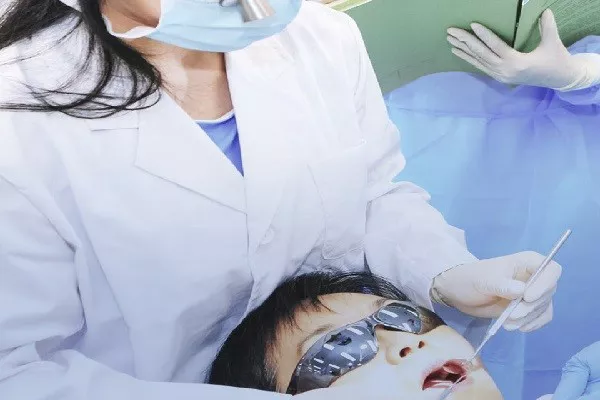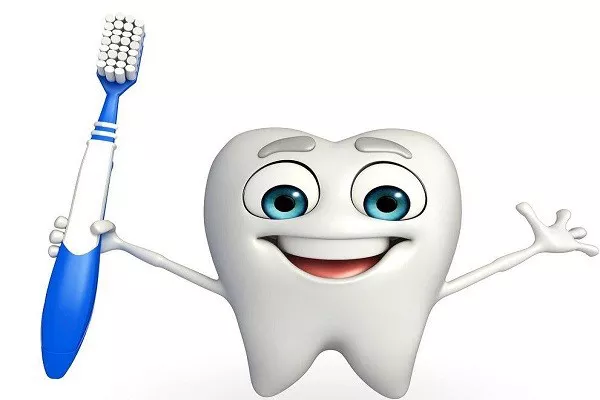Orthodontics is a specialized field of dentistry that deals with the diagnosis, prevention, and correction of malocclusions (improper bites) and misaligned teeth. The goal of orthodontic treatment is to achieve a healthy, functional bite, as well as a beautiful smile. An orthodontic consultation is an important step towards achieving this goal, as it allows the orthodontist to evaluate the patient’s oral health and recommend the most appropriate treatment plan.
In this article, we will discuss what to expect during an orthodontist consultation, including the timeframe, procedures, and tips for preparation. Whether you are seeking orthodontic treatment for yourself or your child, this article will help you understand what to expect during the consultation process.
Timeframe of an Orthodontist Consultation
The timeframe of an orthodontist consultation may vary depending on various factors. While a typical consultation can last between 30-60 minutes, some consultations may take longer or shorter, depending on the complexity of the case and the type of treatment being considered.
1. Complexity of the case
If a patient has a complex orthodontic problem, such as severe crowding or a significant overbite, the orthodontist may need more time to evaluate the case thoroughly. In such cases, the consultation may take longer than usual, as the orthodontist needs to examine the patient’s teeth, jaw, and facial structure to determine the best course of treatment.
2. Type of orthodontic treatment
Different types of orthodontic treatment may require different levels of evaluation. For example, if a patient is considering clear aligner therapy, the consultation may include a digital scan of the teeth and a discussion of the patient’s treatment goals. If the patient is considering traditional metal braces, the orthodontist may need to take a plaster mold of the teeth to create custom braces.
3. Patient’s age and oral health status
Children and adults may require different levels of evaluation and discussion during the consultation. Children may need more time during their consultation because they may require a more thorough evaluation of their teeth, jaw, and facial structure to determine the best course of treatment. Additionally, if a patient has any underlying oral health issues, such as gum disease or tooth decay, these may need to be addressed before orthodontic treatment can begin, which may require additional time during the consultation.
4. Other cases
In some cases, patients may require multiple consultations to fully evaluate their orthodontic needs. For example, if a patient has a complex case or requires multiple treatment options, such as jaw surgery and braces, the orthodontist may need to schedule additional consultations to gather more information and develop a comprehensive treatment plan.
It is important to note that the timeframe of an orthodontist consultation can also be affected by the patient’s level of cooperation during the exam. Patients who are relaxed and able to sit still during the examination may help speed up the process, while patients who are anxious or have trouble staying still may require additional time to complete the evaluation.
Despite these factors that can influence the length of an orthodontist consultation, patients should always plan on spending at least 30-60 minutes with the orthodontist during their first appointment. This time allows the orthodontist to gather the necessary information about the patient’s oral health, discuss treatment options and goals, and answer any questions the patient may have.
Procedures During an Orthodontist Consultation
During an orthodontist consultation, the orthodontist will perform a series of procedures to evaluate the patient’s oral health and develop a treatment plan. These procedures may include:
1. Medical history and oral examination
The orthodontist will ask the patient about their medical history and any medications they are currently taking. They will also perform a comprehensive oral examination, including an assessment of the teeth, gums, and jaw.
2. Diagnostic tests and imaging
Depending on the patient’s case, the orthodontist may order diagnostic tests, such as X-rays, photographs, or digital scans of the teeth. These tests allow the orthodontist to evaluate the patient’s bite and develop a customized treatment plan.
3. Treatment options and recommendations
Based on the results of the examination and diagnostic tests, the orthodontist will discuss the various treatment options available to the patient, including traditional braces, clear aligners, and other appliances. The orthodontist will also provide their professional recommendation for the best course of treatment based on the patient’s individual needs.
4. Discussion of financial and insurance matters
The orthodontist will also discuss the cost of treatment and any insurance coverage that may be available to the patient. This may include a discussion of payment options, such as financing plans or payment plans.
Tips for Preparing and Maximizing Your Orthodontist Consultation
To ensure that your orthodontist consultation is as informative and productive as possible, it is important to come prepared and ask questions. Some tips for preparing and maximizing your consultation include:
1. Bring a list of questions and concerns
Before your consultation, make a list of any questions or concerns you have about orthodontic treatment. This will help ensure that all of your questions are answered and that you have a clear understanding of the treatment options available to you.
2. Provide accurate medical and dental history
It is important to provide accurate information about your medical and dental history, including any medications you are currently taking and any past dental or orthodontic treatment you have received. This information can help the orthodontist develop a more comprehensive treatment plan.
3. Follow pre-consultation instructions
Some orthodontic consultations may require patients to take specific steps prior to the appointment, such as refraining from eating or drinking before the exam. It is important to follow these instructions carefully to ensure that the exam is as accurate as possible.
4. Take notes during the consultation
Orthodontic consultations can be overwhelming, especially if you are unfamiliar with the terminology and treatment options. Taking notes during the consultation can help you remember important details and make an informed decision about your treatment.
An orthodontist consultation is a crucial first step towards achieving a healthy, functional bite and a beautiful smile. During the consultation, the orthodontist will evaluate the patient’s oral health and develop a customized treatment plan based on their individual needs. By following the tips outlined in this article, patients can ensure that their consultation is as informative and productive as possible, and that they are well-prepared to make an informed decision about their orthodontic treatment. Remember, taking care of your oral health is an investment in your overall health and well-being, so don’t hesitate to schedule an orthodontic consultation today!
Recommended Article: An Overview of Orthodontic Services
































